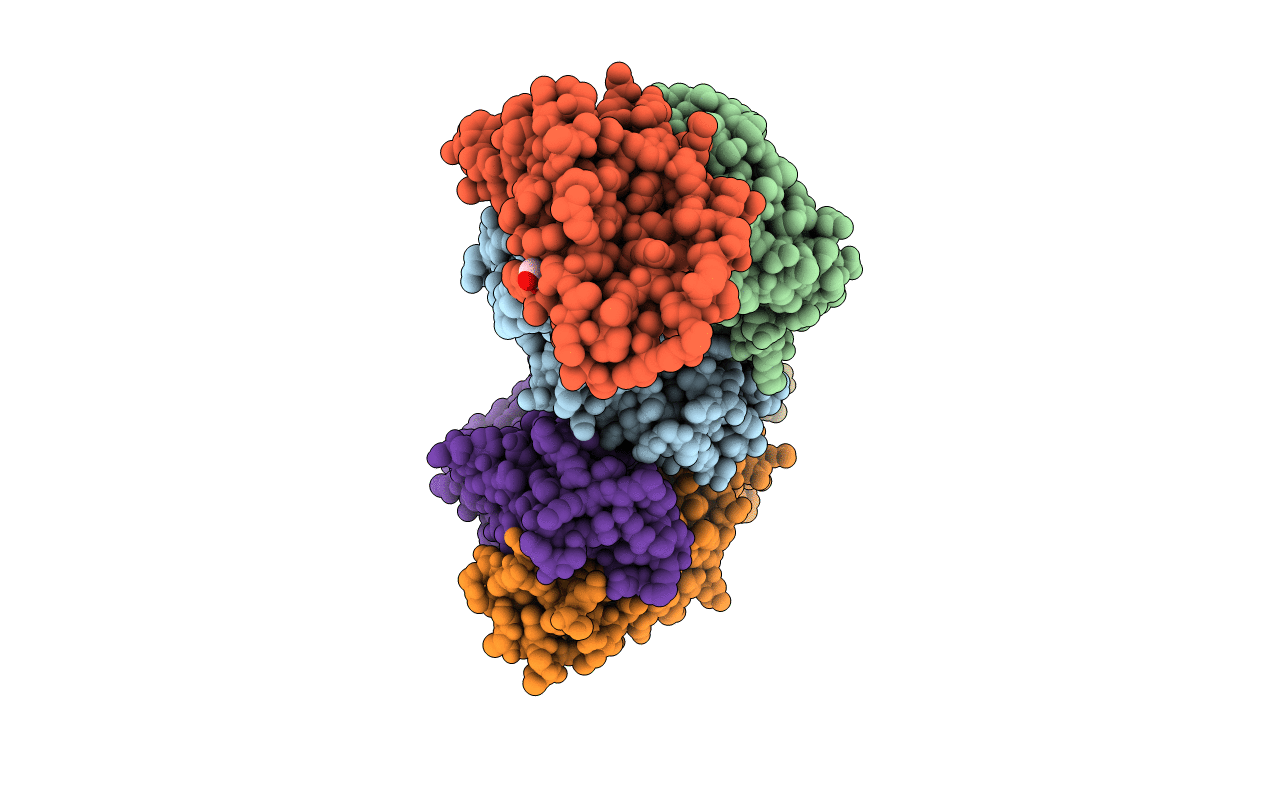
Deposition Date
2018-05-29
Release Date
2019-05-08
Last Version Date
2024-10-30
Method Details:
Experimental Method:
Resolution:
1.95 Å
R-Value Free:
0.23
R-Value Work:
0.19
R-Value Observed:
0.20
Space Group:
P 1 21 1


